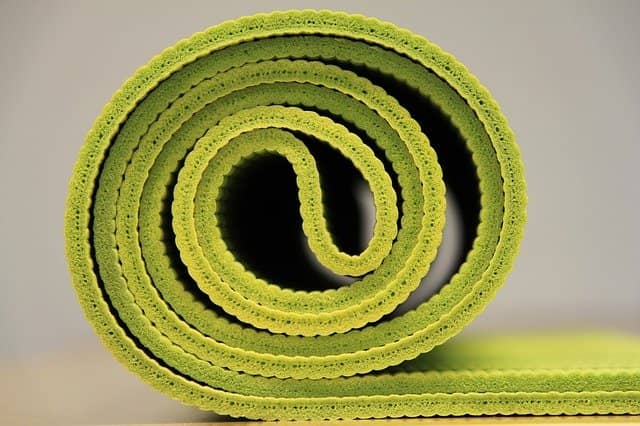10 tips on How to choose yoga mat
A few years back, nearly a decade or two decades, there were no various options to choose for a yoga mat. At that time, there was only an option of PVC and it was highly sticky at that time, and not much comfortable neither undemanding at that time. Furthermore, there was not much option to color; either blue, red, or purple was only to choose from. However, the time has changed and there are many options to choose from.
The main purpose of choosing any sort of yoga mat is their stableness while you pose for yoga. Colour and pattern are a secondary component; nevertheless, they are also important in choosing a mat. For environment conscious customers it is equally important for the mat to be ecological and environmentally friendly. The stableness the mat provides is depended on the thickness of the mat, the surface texture of the mat, and what it is made up of.
In this article, we delve into the best possible way to choose your mat. By going through the article, you will learn the life learning skills of choosing the best mat for you that comes within your budget, matches your lifestyle, your habits, and priorities.
thickness plays an important role in determining your comfortable during your yoga practice. The perfect yoga mat is neither too thin nor too thick. The too-thin mat may end up banging during the crescent lunge of the yoga practice. The thick mat has benefited over too thin, however too thick mats will make you feel wobbly during the yoga practice.
1. Take your needs and desires into account
The type of mat you need is contingent upon the yoga poses you perform. Likewise, for many people, the desire of the person also plays a vital role to determine what type of mat is perfect for you and which type is not.
2. Type of yoga you practice
The yoga poses you do regularly determines the type of mat. If you are completely new to yoga, then it is usually recommended to by a comparatively lower quality mat. Who knows you may leave within a few days of practicing yoga? Likewise, if you are a seasoned practitioner then it is usually recommended to soft and cushioned yoga mats.
3. Place you practice yoga
If you are practicing yoga outdoors then the portability of the mat plays an important role, however, if you practicing yoga inside the home then the portability of the mat does not cause any sorts of problems.
4. Material
The material of the mat determines the longevity of the mat. It determines how much it yields and wears over time. Stickiness, environmental friendliness, and texture of the mat are contingent upon the material of the mat.
5. PVC: inexpensive and not environment friendly
6. Foam and rubber: Expensive but eco-friendly yoga mat
7. Cotton: Thin and eco-friendly and increases the grip by soaking sweat
8. Jute: Resilient and eco-friendly. Combined with other types of the mat
9. Texture
The texture of the yoga mat determines the traction and personal comfort of the practitioners. Sticky mats are useful to do intricate poses. Rubber and foams are the best choices to choose if you like an eco-friendly mat with less traction as they are smooth.
10. Size: The size of the standard form of 24”*68”. It is usually recommended to choose the yoga mat which covers your full body during posing for the Savasana or any other yoga pose that needs to be covered with the whole body.

